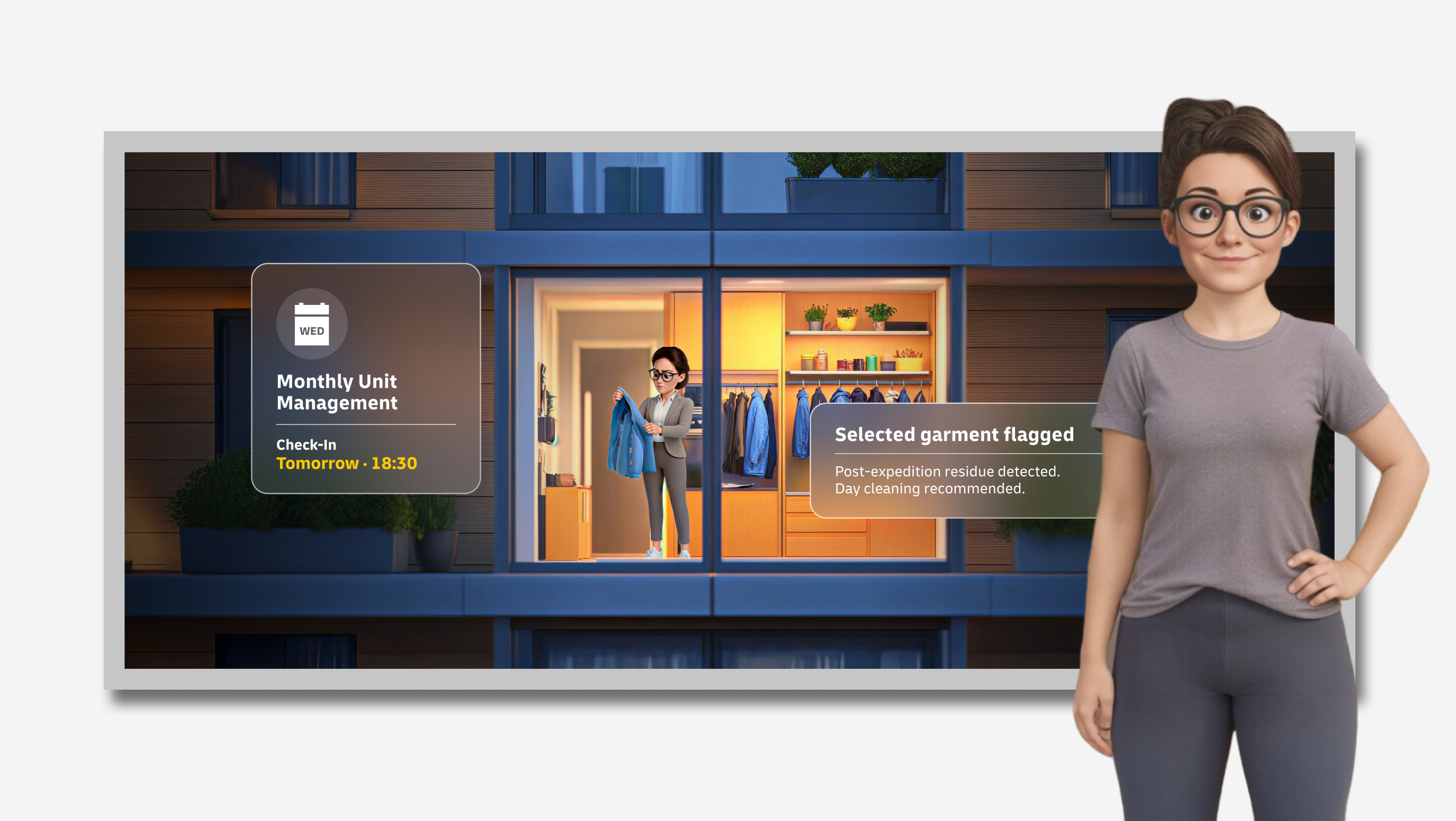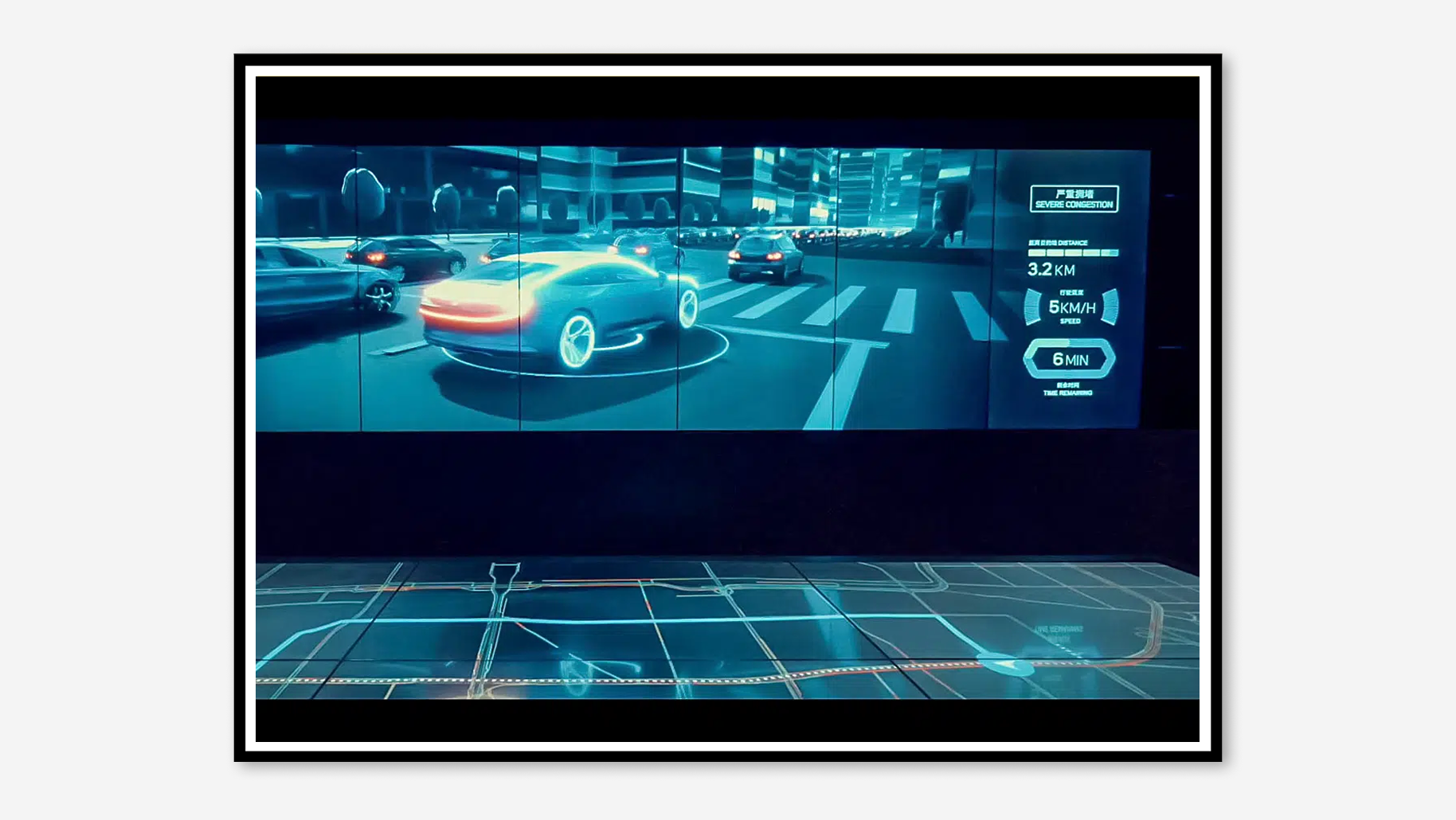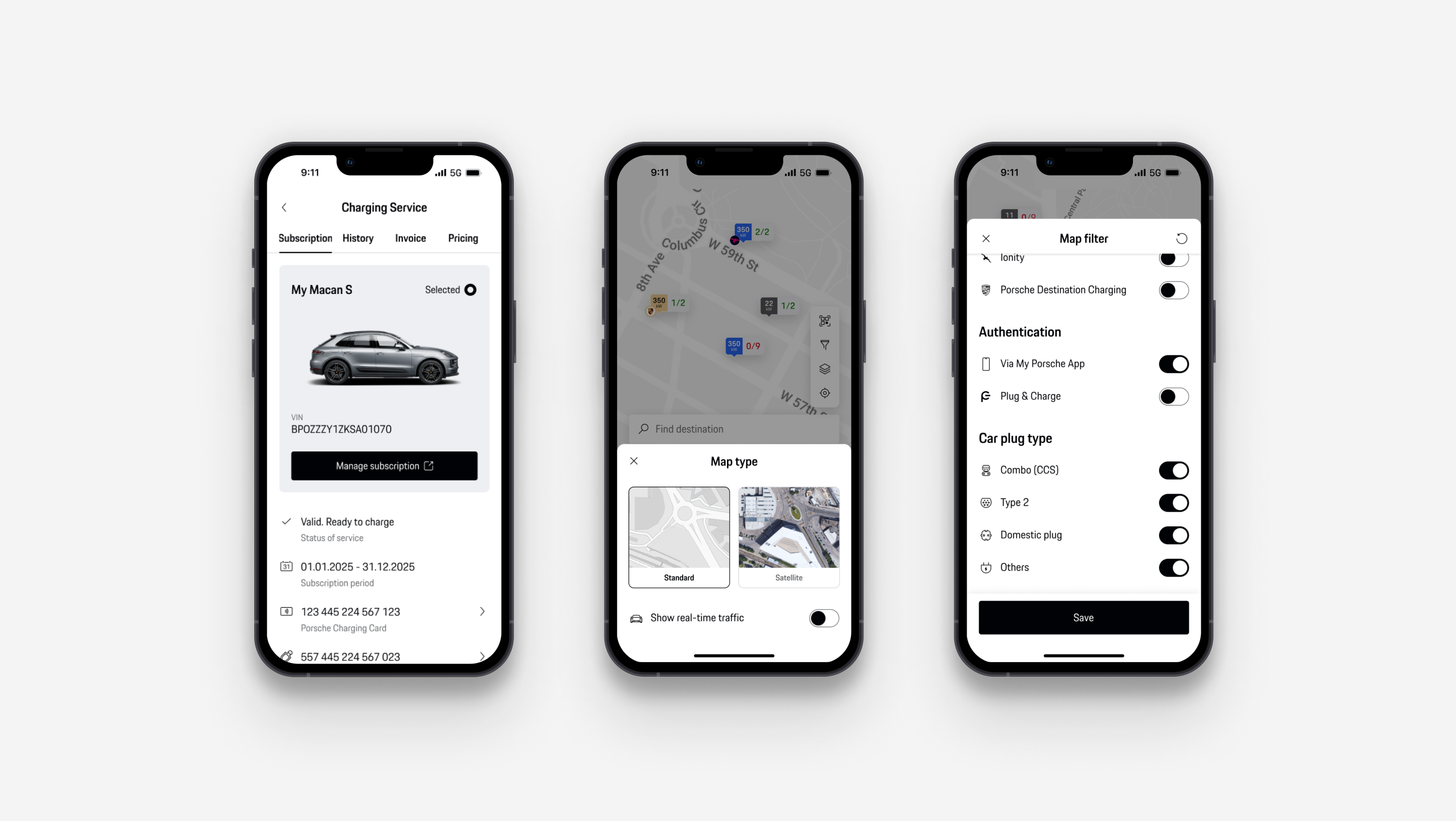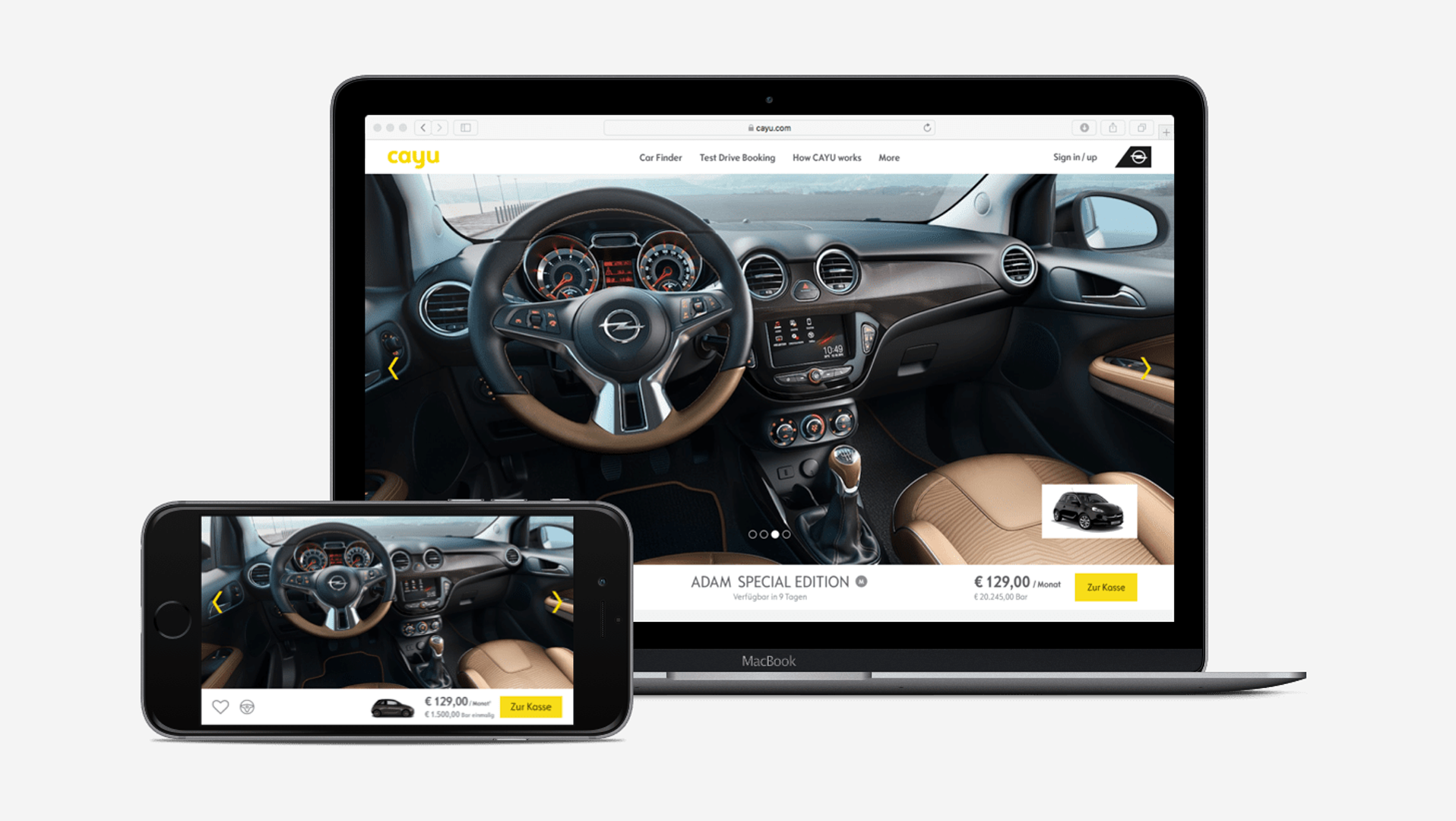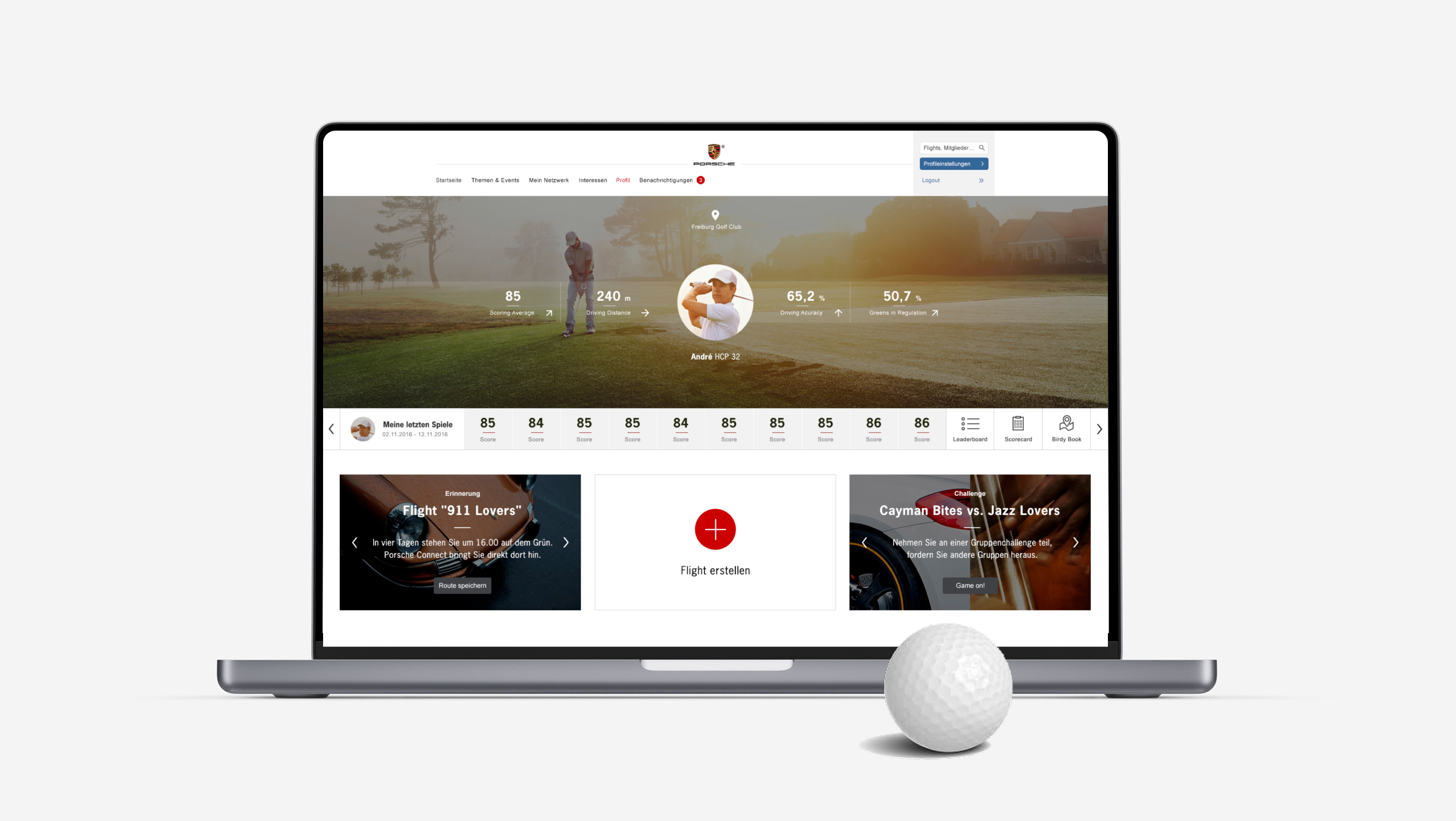MINI Art Project | Real-Time Generative Design Experience
Commissioned by madhat for MINI. Concept and design of a platform enabling visitors to project their creative visions directly onto the physical MINI exhibit. Via Progressive Web App and large-scale touch interfaces in MINI Stores and BMW Welt, users can input their own design prompts and materialize them in real-time on the vehicle – an interactive installation merging digital creation with physical presence across multiple touchpoints.
Challenge:
Art project and technology needed to merge: visitors not as passive observers but as active co-creators. The challenge: building a technical infrastructure seamlessly orchestrating generative AI, real-time rendering, and physical projection – accessible both via personal devices and public touch terminals, requiring no registration or download.
Solution:
Dual access strategy: QR code scan opens Progressive Web App for personal mobile use, while large touch screens in stores provide shared creation experience. Users formulate their design vision, AI generates the artwork, system projects it instantly onto the vehicle. The architecture separates input layer (mobile/touch interface), processing (AI generation), and output (projection on physical MINI). Desktop hub archives all generated designs with filters, artist stories, technical insights, and social sharing capabilities.
User Journey:Complete flow from discovery to sharing: Welcome screen introduces the concept, prompt designer guides creation process with style presets and templates, result screens showcase generated artwork with save and share options. Profile system enables users to revisit their creations, trending section surfaces popular community designs. Navigation architecture balances spontaneous first-time use on public terminals with returning user engagement via personal devices.
Design System:
Modular component system scaling across three interface contexts: mobile (personal, portable), large touch (public, collaborative), desktop (archival, exploratory). Card modules structure user-generated content, prompt templates lower entry barriers, real-time preview provides immediate feedback before projection. Visual hierarchy adapts from thumb-optimized mobile controls to finger-friendly touch targets to mouse-precise desktop interactions – consistent brand language across all scales.



